Affiliate disclosure: This post may contain affiliate links. Please see our Privacy Policy.
Pollinator-friendly medicinal herb gardens have the opportunity to feed essential pollinators, while growing potent medicines for our home apothecaries.
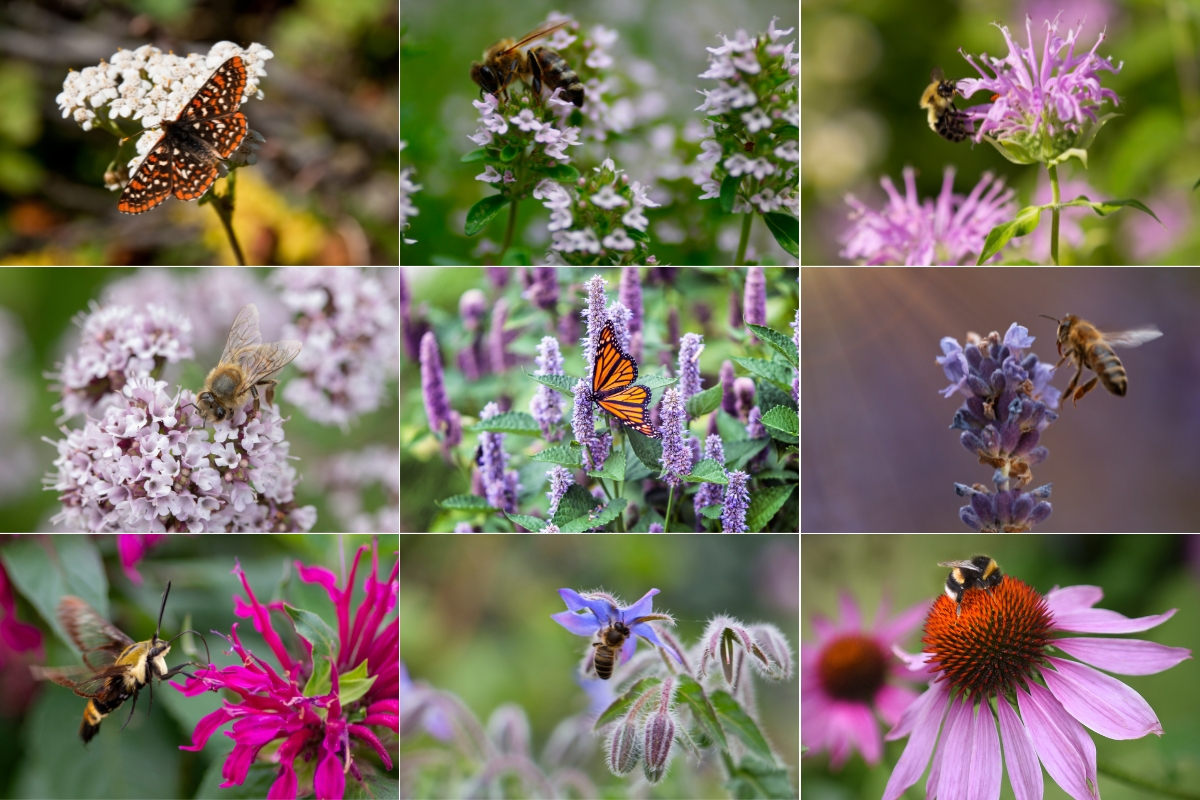
In today’s world, creating an herb garden isn’t just about growing plants for your kitchen or medicine cabinet—it’s also an opportunity to help support the environment, especially pollinators like bees, butterflies, and hummingbirds. These essential creatures are key to maintaining biodiversity and ensuring food crops thrive.
Let’s face it: these days, the bees need all the help they can get. Organic beekeeping methods often involve using herbs to help repel mites and pests within beehives.
What if the bees could gather their own medicine? Could that lead to more resilient hives?
There is some evidence that anti-microbial and anti-fungal herbs can help prevent disease within hives. Specifically, the essential oils of thyme and mint are commonly used (and effective!) treatments for varroa mites.
By planting a medicinal herb garden, you have the opportunity to not only strengthen your health, but also improve the health of your local pollinator population.
Help the bees, heal yourself.
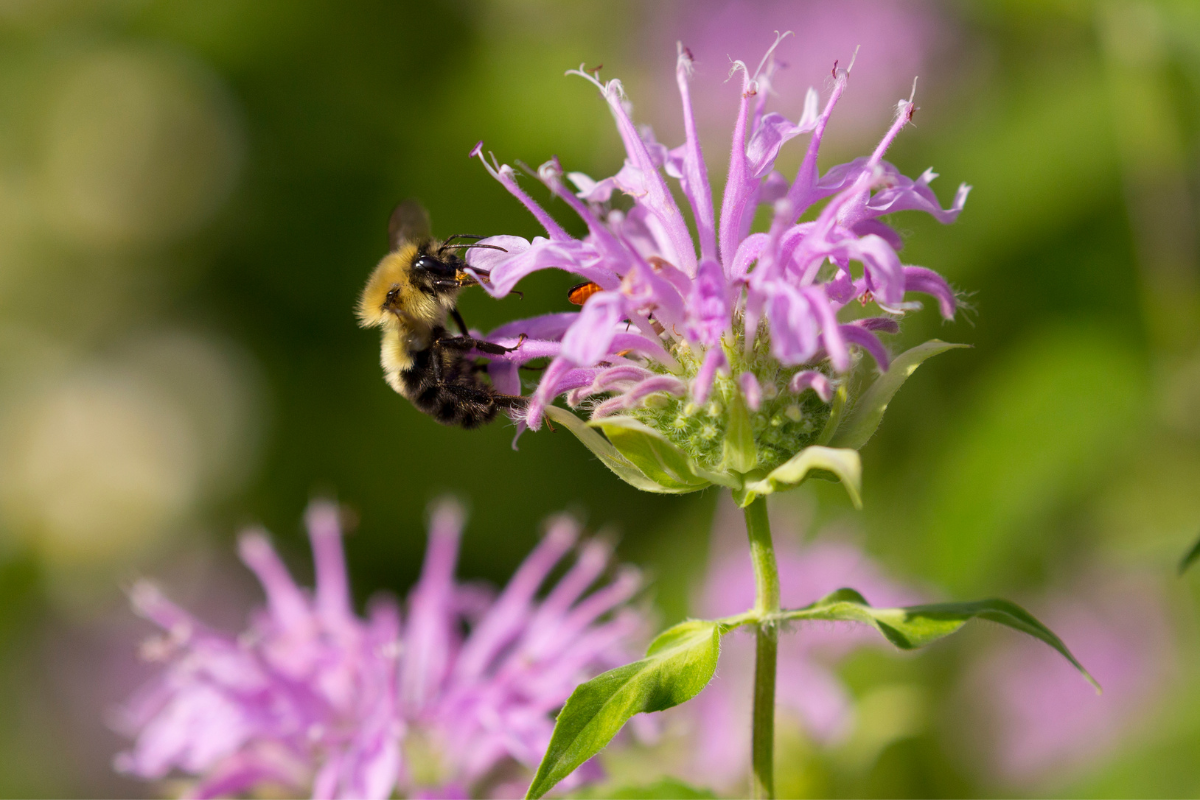
List of Pollinator-Friendly Medicinal Herbs
These easy-to-grow medicinal herbs will not only benefit your health but also provide much-needed nourishment for local pollinators.
- Anise Hyssop (Agastache foeniculum)
- Ashwagandha (Withania somnifera)
- Bee Balm (Monarda didyma)
- Borage (Borago officinalis)
- Calendula (Calendula officinalis)
- Catnip (Nepeta cataria)
- Chamomile (Matricaria chamomilla)
- Echinacea (Echinacea spp.)
- Elderflower (Sambucus nigra)
- Elecampane (Inula helenium)
- Feverfew (Tanacetum parthenium)
- Lavender (Lavandula spp.)
- Lemon Balm (Melissa officinalis)
- Motherwort (Leonurus cardiaca)
- St. John’s Wort (Hypericum perforatum)
- Yarrow (Achillea millefolium)
Creating a garden full of medicinal herbs that attract pollinators is a wonderful way to promote biodiversity, support the environment, and enhance your own well-being. These herbs are not only beautiful and functional, but they also offer a range of medicinal benefits.
I’ll take you through each, one by one.
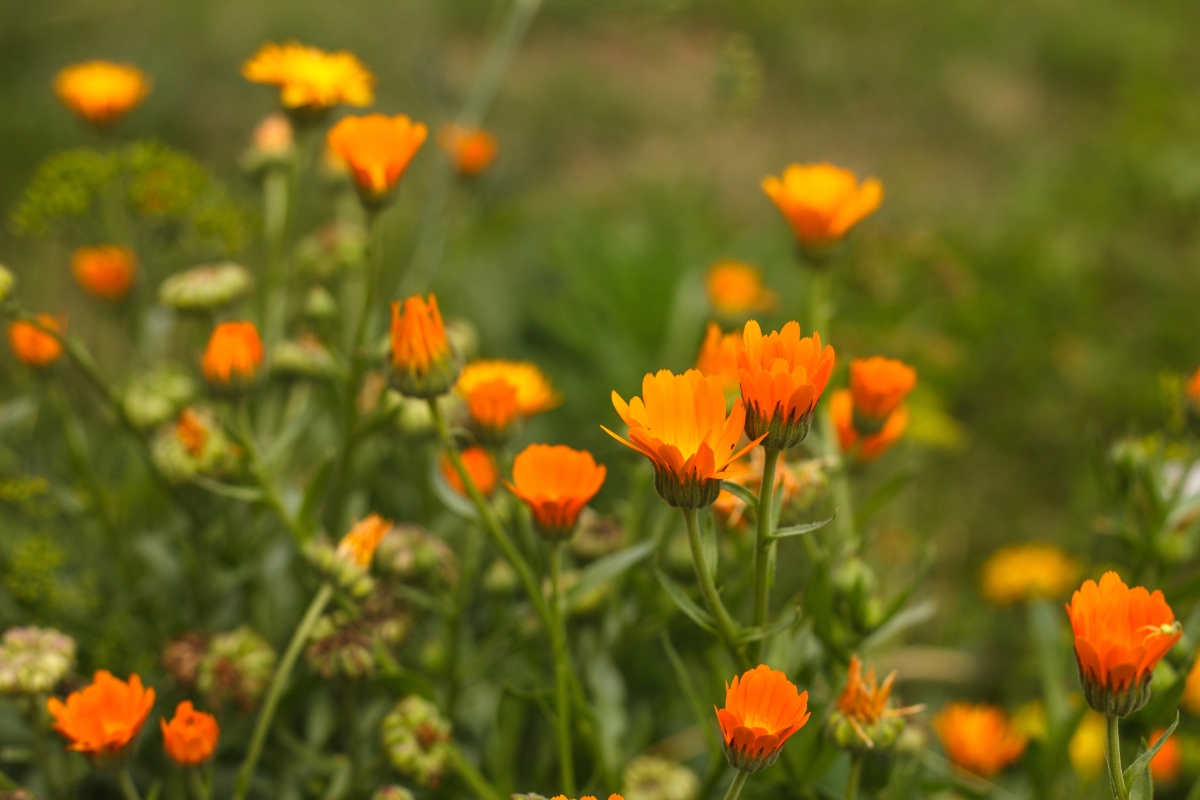
Anise Hyssop (Agastache foeniculum)
Anise Hyssop is a hardy perennial herb that can grow up to 3 feet tall, with tall spikes of purple or blue flowers that are a magnet for bees, butterflies, and hummingbirds. It thrives in a wide range of soil types, from slightly sandy to more fertile, loamy soils. Best grown in full sun, Anise Hyssop is adaptable and can tolerate partial shade, making it suitable for many garden settings. Once established, it is a low-maintenance herb that requires little care and can be propagated from seed or seedlings.
In terms of medicinal uses, Anise Hyssop is often used to alleviate respiratory issues like coughs, colds, and bronchial congestion. It has mild antimicrobial properties that also make it beneficial for digestive issues such as bloating and indigestion. The leaves have a sweet, anise-like flavor that can be used fresh in salads or spreads, and the flowers can be harvested to make soothing teas, tinctures, or syrups.
Anise Hyssop also lends itself well to culinary uses when infused in honey or vinegar, making it a versatile herb in both the medicinal and culinary realms. Its fragrant flowers not only benefit pollinators but add color and texture to any garden.
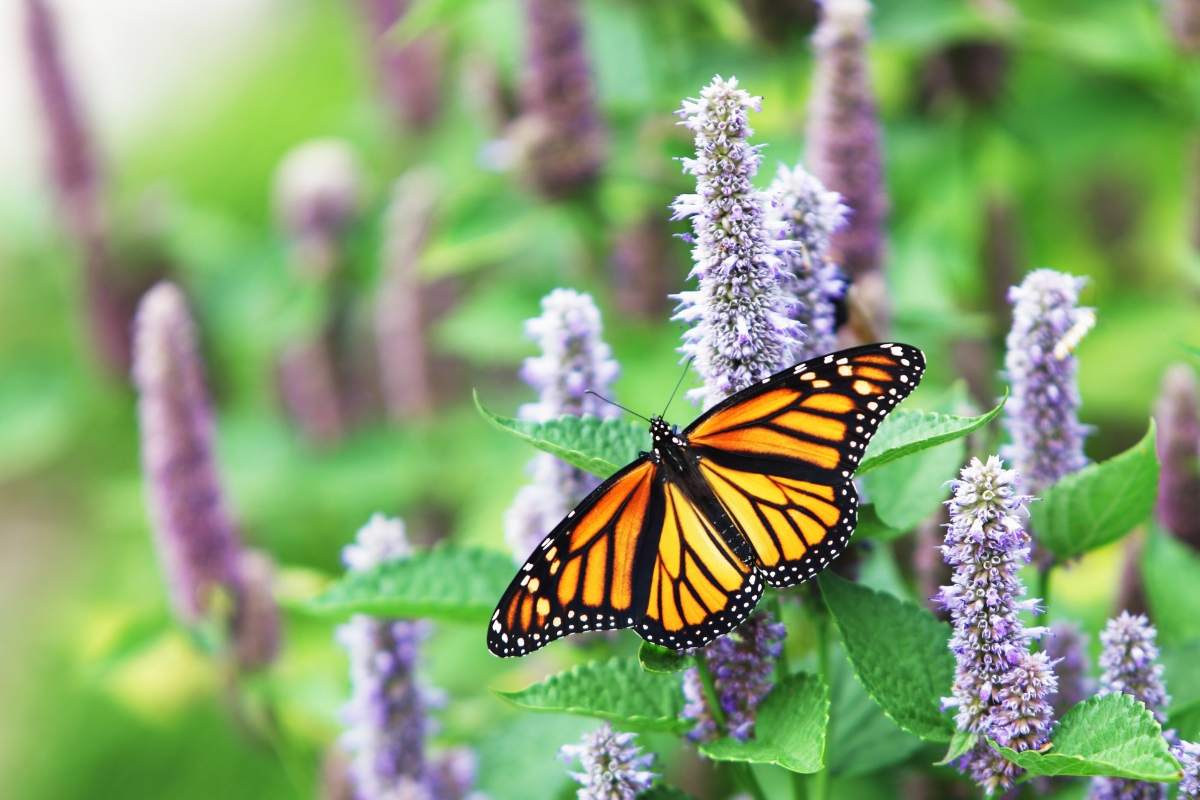
Ashwagandha (Withania somnifera)
Ashwagandha is a perennial shrub that can grow up to 3 feet tall, with small green flowers and distinctive red fruit that attracts bees and other pollinators. It thrives in well-drained, sandy soil and prefers full sun, though it can tolerate partial shade.
This herb is drought-tolerant and once established, is relatively low-maintenance. Ashwagandha is well known for its adaptogenic properties, helping the body respond to stress and support overall vitality.
Medicinally, Ashwagandha is commonly used as a natural remedy to reduce anxiety, support the immune system, and improve mental clarity. It is often taken in the form of powders, tinctures, or capsules.
This herb is also known for its rejuvenating qualities and is often included in Ayurvedic medicine. It can be grown alongside other medicinal plants to create a pollinator-friendly herbal garden with a focus on stress relief and overall wellness.
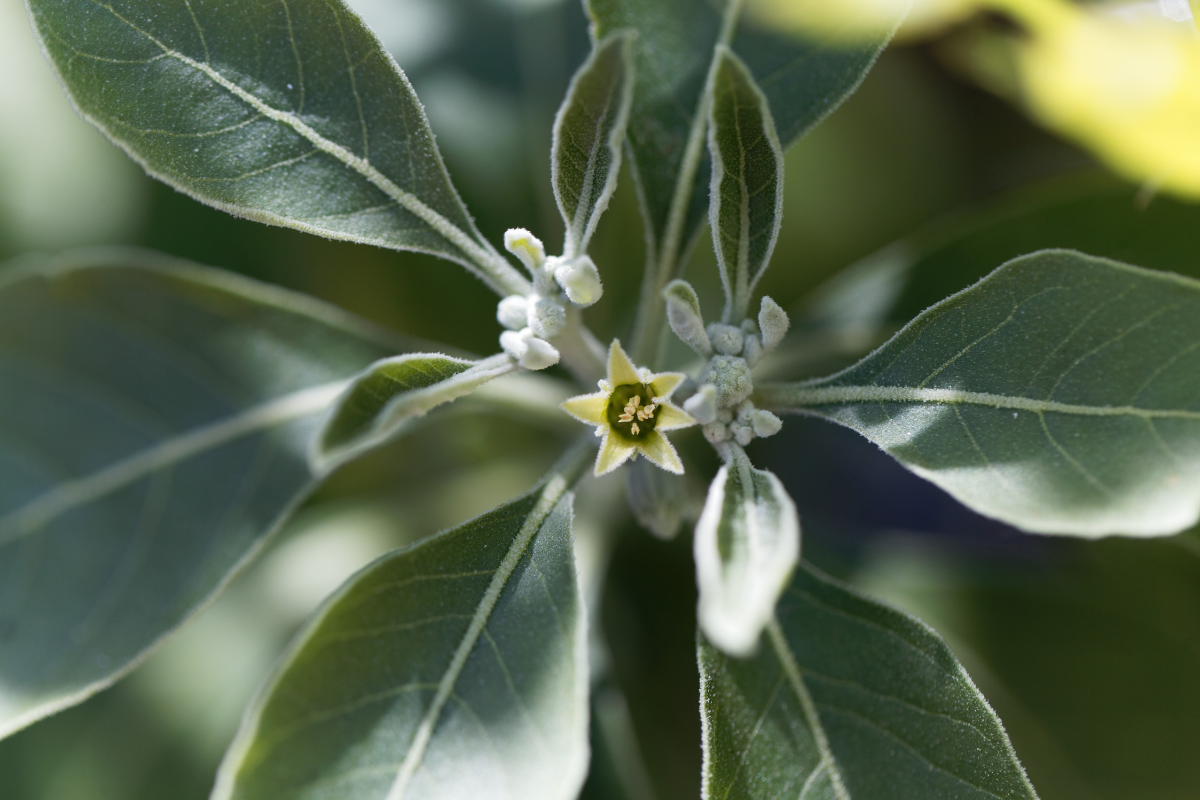
Bee Balm (Monarda didyma)
Bee Balm is a perennial herb known for its vibrant, tubular red, pink, or purple flowers that attract bees, butterflies, and hummingbirds. It thrives in well-drained, moist soil and grows best in full sun or partial shade. Bee Balm can reach up to 4 feet tall, making it an excellent backdrop plant for flower borders or garden beds. Once established, it is relatively low-maintenance and can be propagated from seed.
Medicinally, Bee Balm is often used for its antimicrobial and soothing properties. It is known for relieving respiratory congestion and promoting digestion. The leaves and flowers contain essential oils like thymol, which have antifungal and antibacterial properties. Bee Balm is commonly used in teas, tinctures, and poultices to treat colds, coughs, and digestive issues.
The plant is also known for its strong, minty aroma, which helps to repel unwanted pests while drawing in the beneficial insects that support pollination.
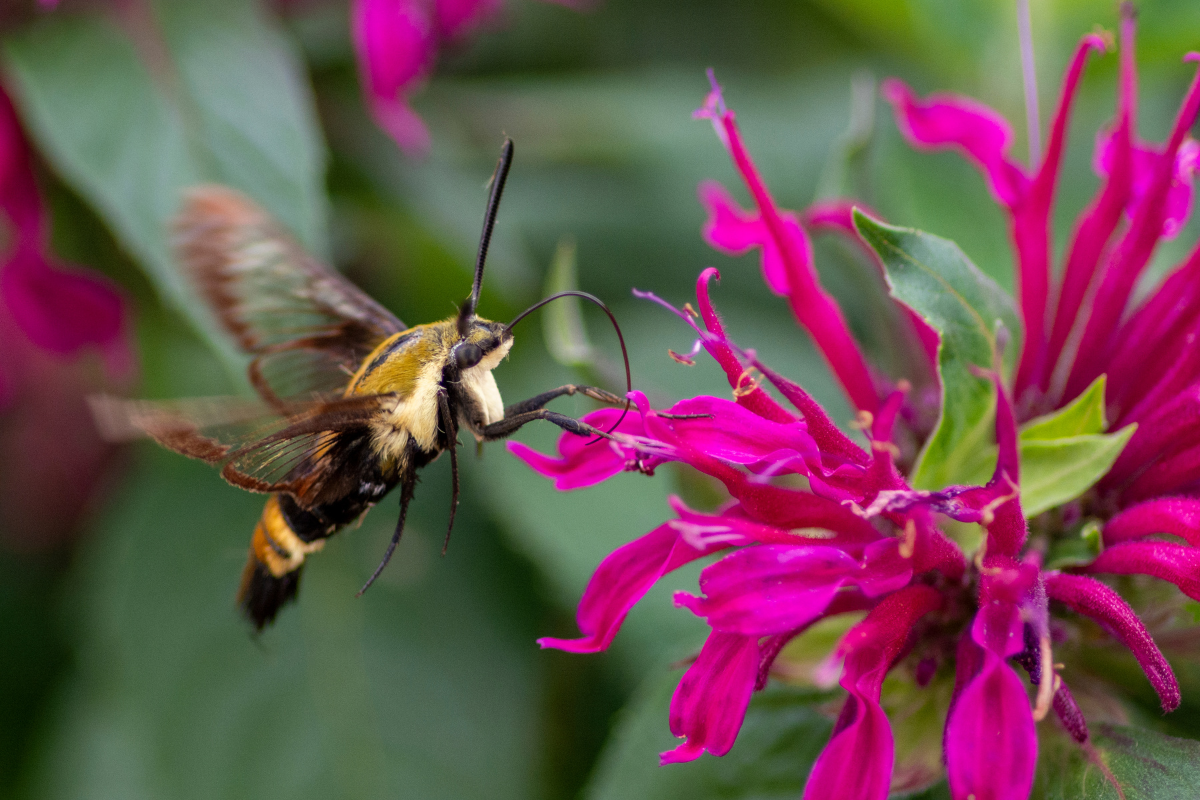
Borage (Borago officinalis)
Borage is a fast-growing annual herb that can reach up to 2 feet tall. It thrives in full sun and prefers well-drained, slightly sandy soil. Borage produces beautiful star-shaped blue flowers that are a favorite of bees and other pollinators. The plant can spread quite easily, so it’s often grown in containers or controlled garden beds.
Medicinally, Borage is known for its ability to support adrenal function and help the body manage stress. It has anti-inflammatory and diuretic properties, making it useful for treating conditions like arthritis, skin irritation, and urinary tract infections. Borage leaves and flowers can be used fresh or dried in teas, tinctures, and oils.
Borage’s edible flowers are often used as a garnish or in herbal beverages, offering both culinary and medicinal uses. The plant’s vibrant blooms attract bees and butterflies, making it a fantastic addition to any pollinator-friendly garden.
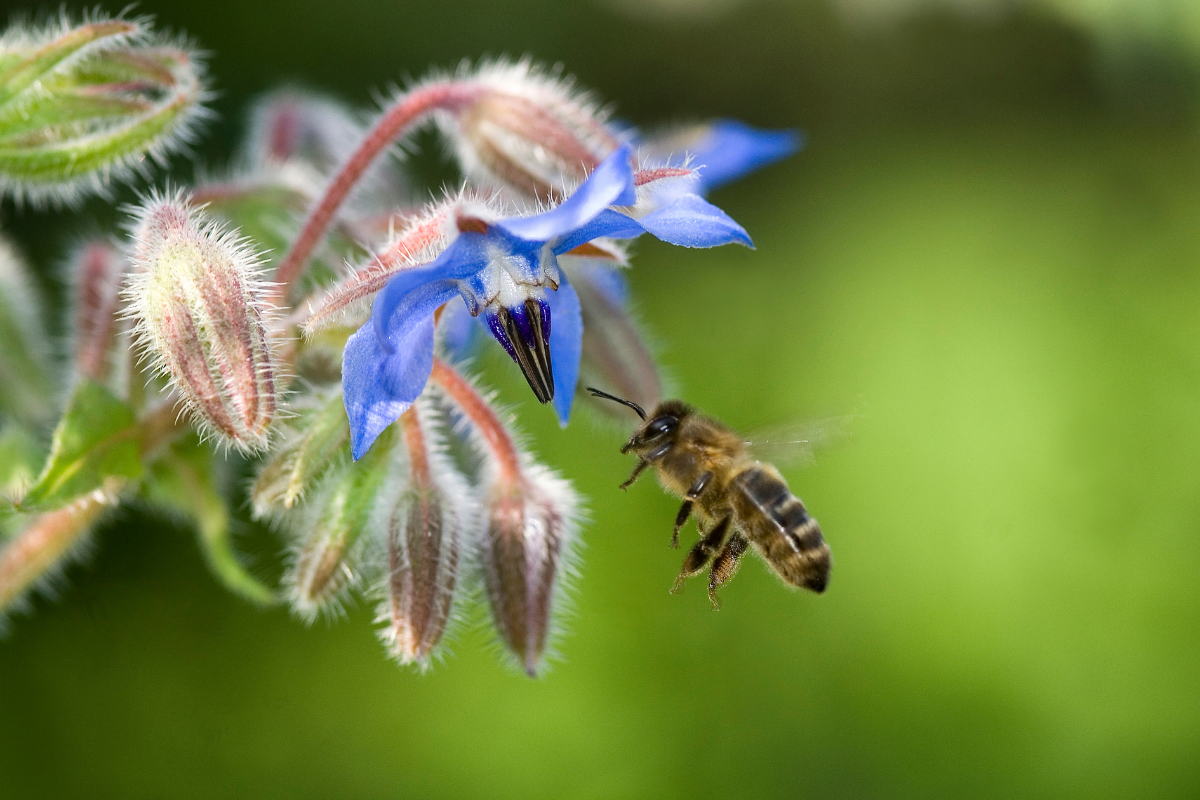
Calendula (Calendula officinalis)
Calendula is a bright, cheerful annual herb that grows up to 2 feet tall, producing vibrant orange or yellow flowers. These flowers are not only visually stunning but also highly attractive to bees, butterflies, and other pollinators. Calendula thrives in full sun and well-drained soil, and it is relatively low-maintenance, making it a great herb for beginners.
Calendula is most commonly used for its skin-healing properties. Its anti-inflammatory and antimicrobial properties make it a popular remedy for cuts, burns, and skin irritations. Calendula can be used in creams, salves, oils, or teas to soothe the skin and promote healing.
The bright petals of Calendula are also edible and can be used as a garnish in salads, soups, or teas, offering both medicinal and culinary benefits. Its vibrant flowers not only attract pollinators but add color and texture to any garden.
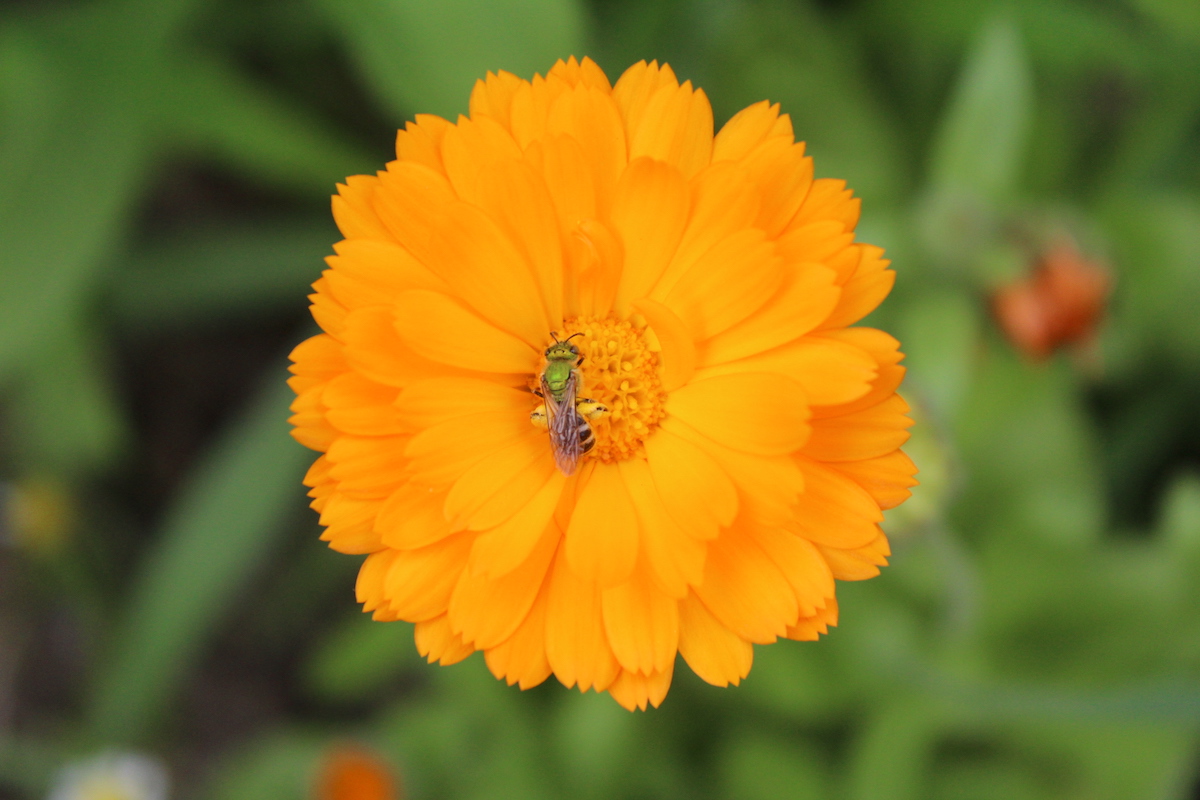
Catnip (Nepeta cataria)
Catnip is a perennial herb that grows up to 3 feet tall, with heart-shaped, gray-green leaves and spikes of small white to lavender flowers that are highly attractive to bees and butterflies. It thrives in full sun and well-drained soil and is relatively easy to grow. Catnip can spread quickly, so it may be best suited for containers or raised beds.
Medicinally, Catnip is most commonly used as a mild sedative. It has calming properties that help with insomnia, stress, and anxiety. It can also aid in digestion and help soothe stomach cramps. Catnip is often brewed into a tea or used in tinctures to promote relaxation and ease digestive discomfort.
The leaves and flowers of Catnip can also be used in culinary applications, especially in herbal teas and as a garnish. Its strong scent not only attracts pollinators but also has a repellent effect on some garden pests.
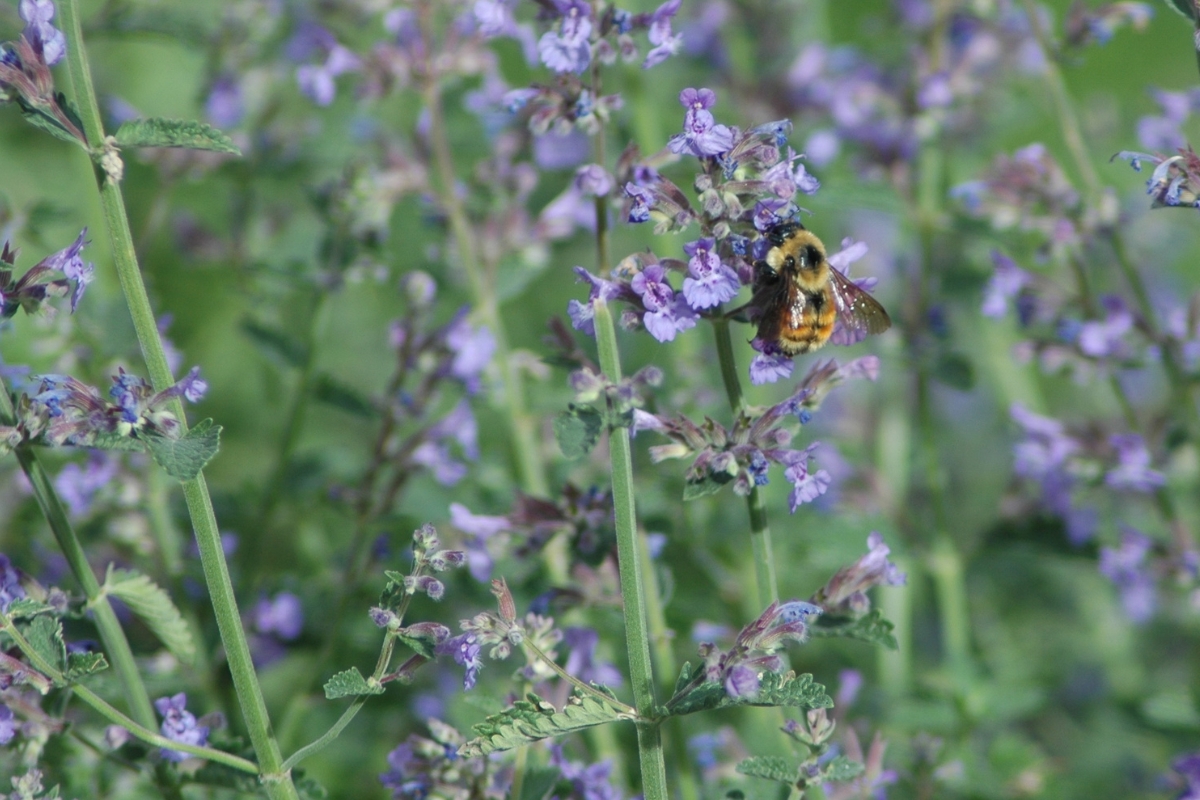
Chamomile (Matricaria chamomilla)
Chamomile is a small, herbaceous perennial that grows up to 2 feet tall, with daisy-like flowers that have white petals and yellow centers. Chamomile thrives in well-drained soil and full sun but can tolerate some partial shade. It is relatively easy to grow from seed and is a great choice for attracting pollinators like bees and butterflies.
Chamomile is widely known for its calming effects. It is often brewed into tea to relieve stress, anxiety, and insomnia. Chamomile also has mild anti-inflammatory and antiseptic properties, making it useful in treating skin irritations and digestive issues.
The flowers are harvested when in full bloom and can be dried for use in teas, tinctures, or oils. Chamomile’s delicate white flowers not only add beauty to the garden but also attract beneficial pollinators, making it a valuable herb for both medicinal and ecological purposes.
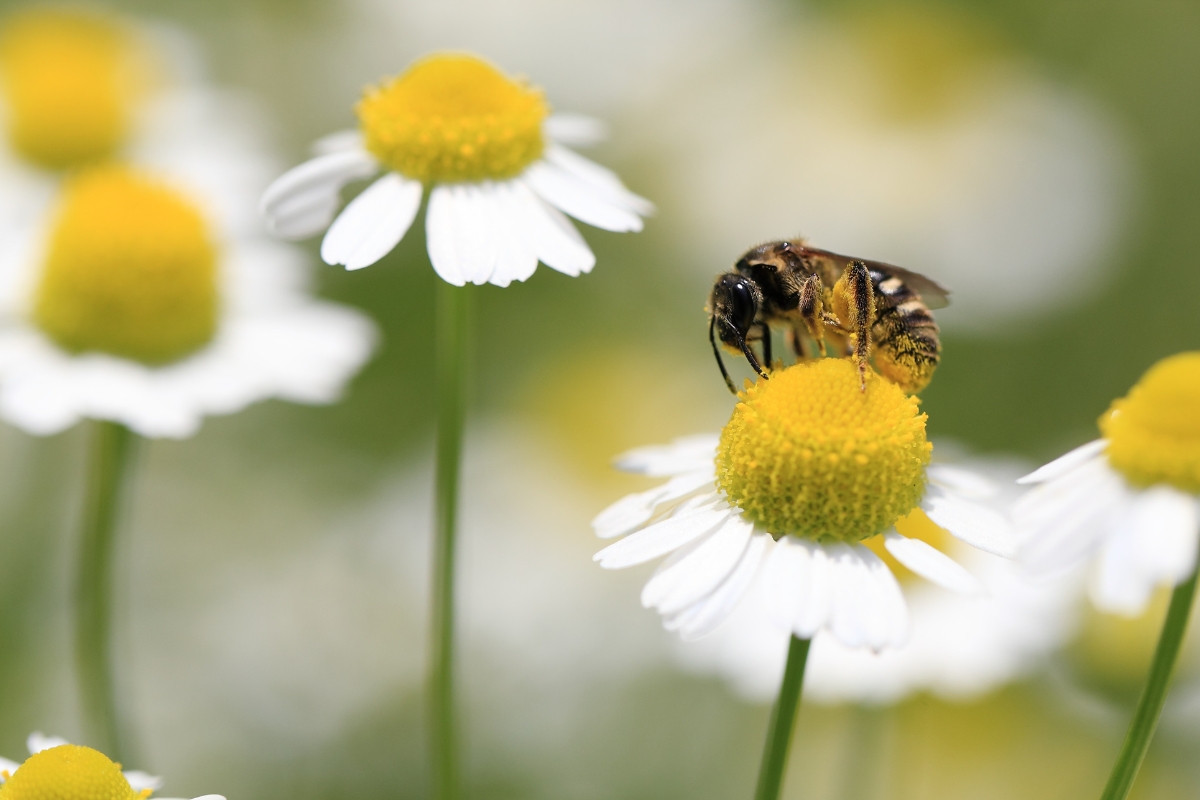
Echinacea (Echinacea spp.)
Echinacea is a striking perennial herb that can grow up to 3 feet tall, with vibrant purple or pink flowers that are beloved by bees, butterflies, and other pollinators. Echinacea thrives in full sun and well-drained, slightly sandy soil, making it drought-tolerant once established.
Medicinally, Echinacea is most famous for its immune-boosting properties. It helps the body fight off colds, flu, and other respiratory infections by stimulating the immune system. Echinacea can be used in teas, tinctures, or capsules to support the body’s natural defenses.
In addition to its immune-boosting benefits, Echinacea also has anti-inflammatory and antimicrobial properties. The plant’s bold, colorful flowers make it a visually striking addition to any garden, while its medicinal properties help support both your health and that of local pollinators.
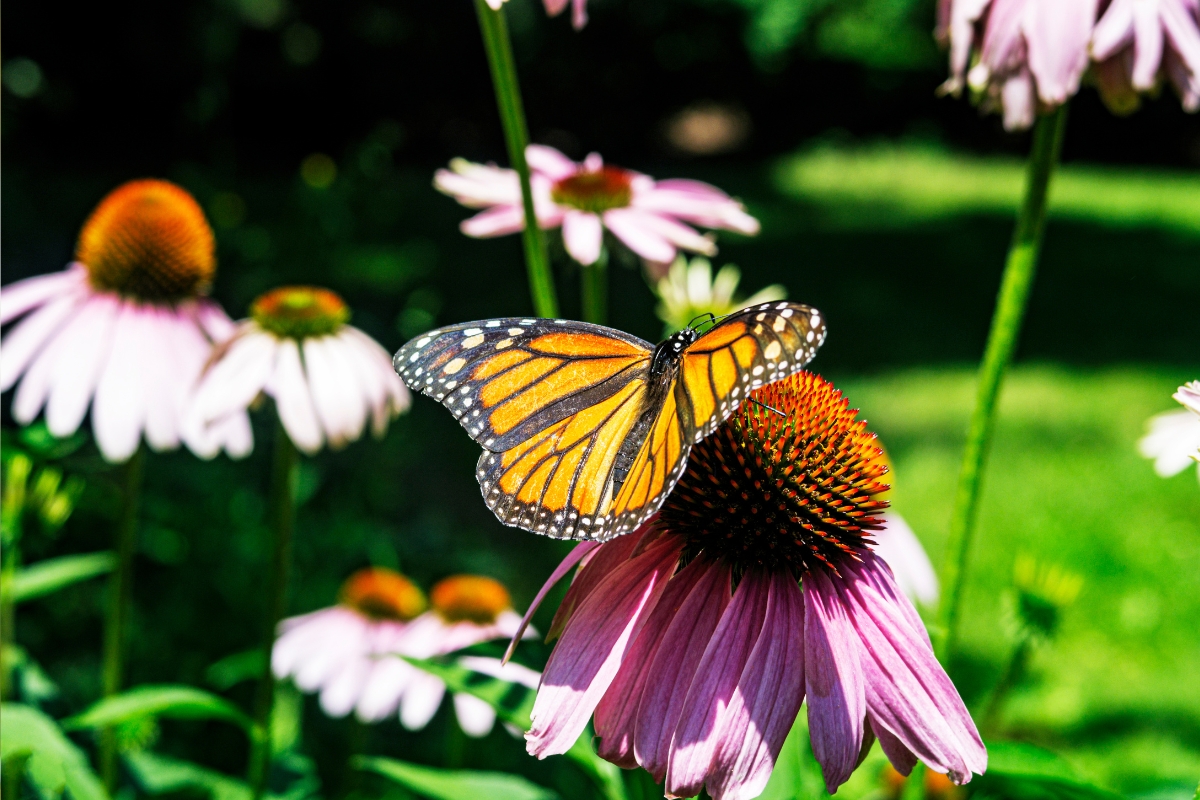
Elderflower (Sambucus nigra)
Elderflower is a deciduous shrub that can reach up to 12 feet tall, producing large, creamy-white flower clusters that attract pollinators like bees and butterflies. It thrives in full sun or partial shade and prefers moist, well-drained soil. Once established, Elderflower is relatively easy to care for and can be propagated through cuttings or seeds.
Elderflower is most commonly used to treat colds, flu, and respiratory issues. It has diaphoretic properties, which help the body sweat out illness, and is often made into syrups, tinctures, or teas to relieve symptoms like congestion and fever. Elderflower is also known for its anti-inflammatory and antioxidant effects.
The flowers are typically harvested in late spring or early summer and can be used to make delicious elderflower syrups, cordials, or even desserts. Its lovely blossoms not only benefit pollinators but also add a sweet fragrance to the garden.
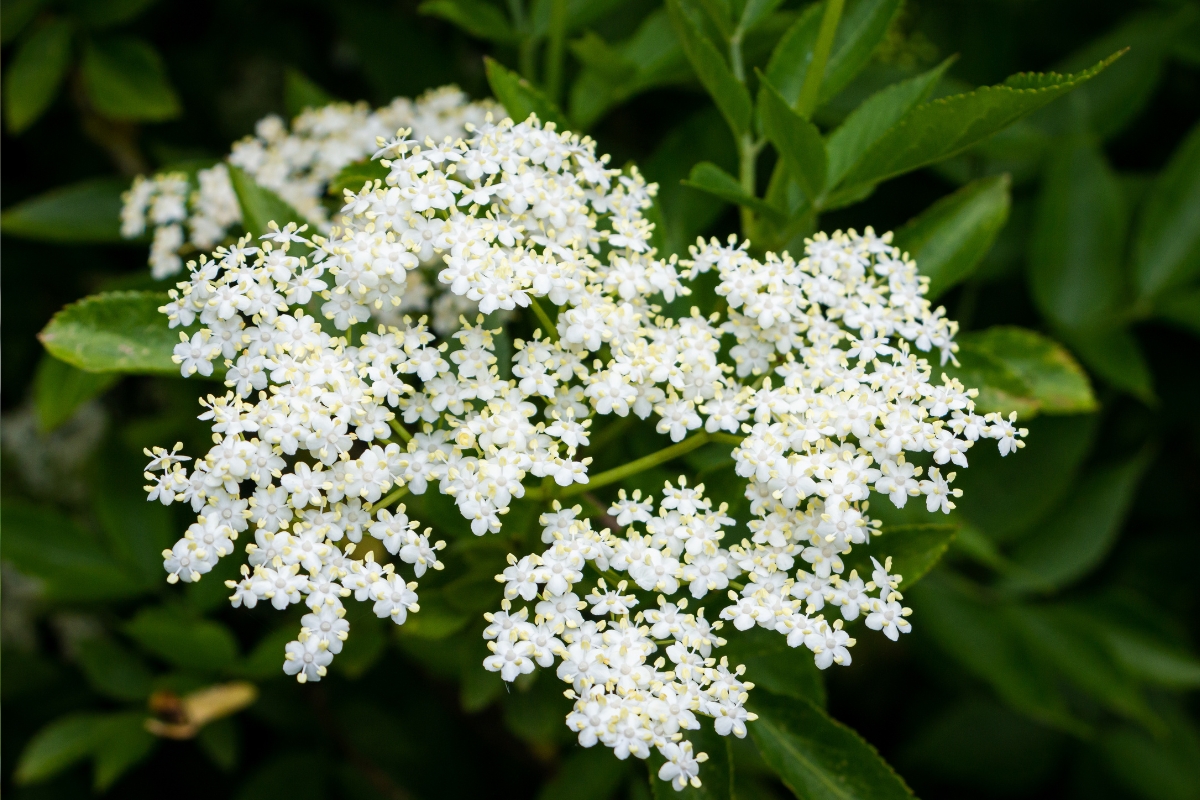
Elecampane (Inula helenium)
Elecampane is a hardy perennial that can grow up to 5 feet tall, producing large, yellow, daisy-like flowers that are attractive to bees and butterflies. It thrives in full sun and well-drained, fertile soil, making it a great choice for garden beds. Once established, Elecampane is relatively low-maintenance and can be propagated by seed or root division.
Medicinally, Elecampane is often used to support respiratory health. It is known for its expectorant properties, helping to clear mucus from the lungs and alleviate symptoms of colds, asthma, and bronchitis. The root of the plant is typically used in teas, tinctures, or syrups.
Elecampane’s bold, yellow flowers not only benefit pollinators but also add striking color and height to the garden. It is a valuable herb for both medicinal use and as a garden focal point.
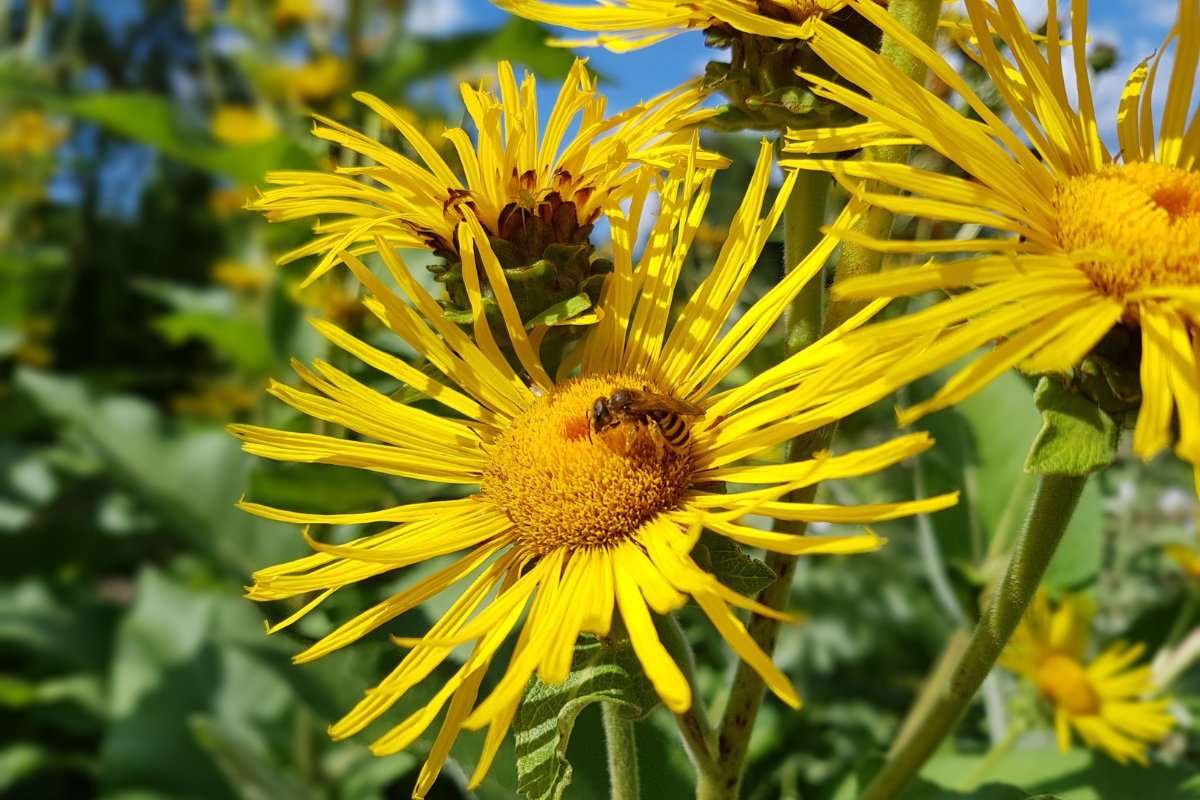
Feverfew (Tanacetum parthenium)
Feverfew is a perennial herb that typically grows between 12 to 24 inches tall, producing small, white daisy-like flowers with yellow centers. It thrives in well-drained soil and full sun but can tolerate some partial shade. Feverfew is an easy-to-grow herb that attracts bees, butterflies, and other pollinators, making it a great addition to any pollinator-friendly garden.
Medicinally, Feverfew is best known for its use in preventing and treating migraines. It has anti-inflammatory and analgesic properties, making it helpful for managing conditions like arthritis and other inflammatory disorders. The leaves can be used fresh or dried to make teas, tinctures, or capsules.
In addition to its medicinal benefits, Feverfew’s delicate flowers make it an attractive plant in any garden. Its ability to repel pests like mosquitoes and aphids is an added bonus, making it both a medicinal and ecological powerhouse.
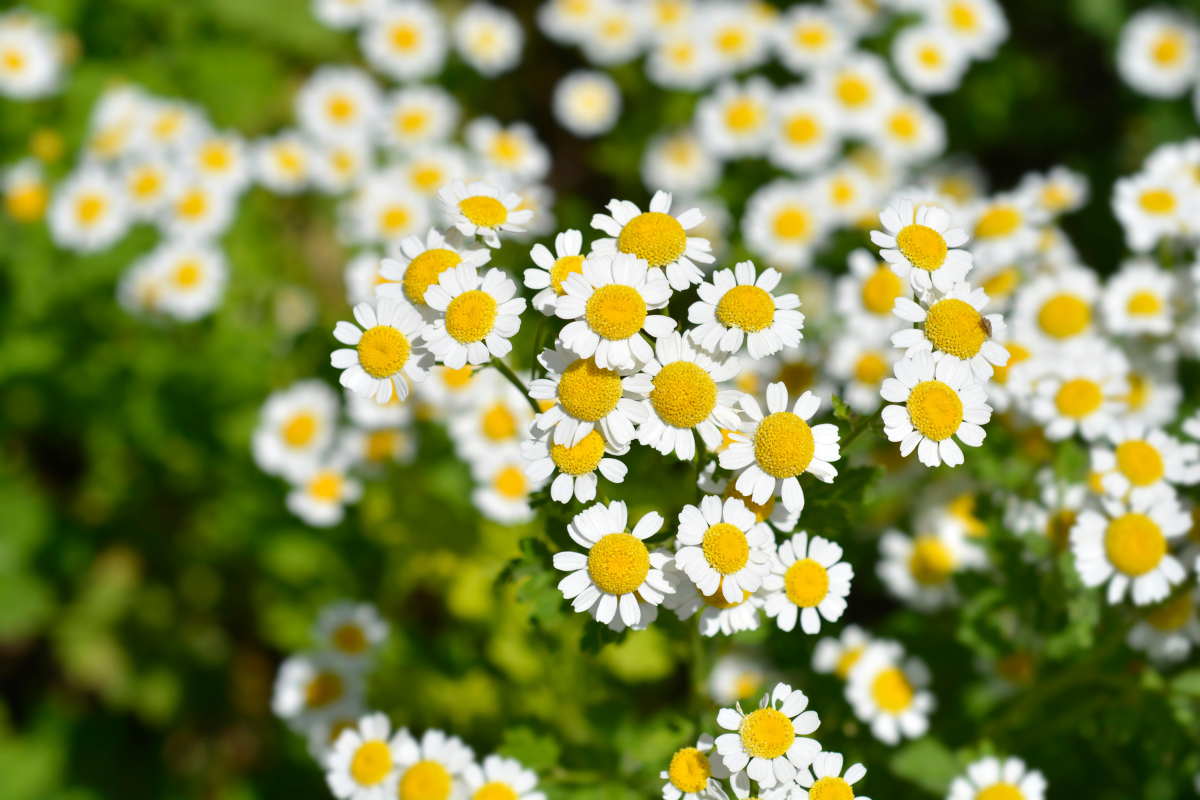
Lavender (Lavandula spp.)
Lavender is a beloved perennial herb that can grow up to 3 feet tall, producing tall spikes of purple or blue flowers that are highly attractive to bees and butterflies. It thrives in well-drained, slightly alkaline soil and full sun, though it can tolerate some light shade. Lavender is drought-tolerant once established and is perfect for adding fragrance and beauty to the garden.
Lavender is widely known for its calming and soothing properties. It is often used to reduce anxiety, stress, and insomnia. Lavender essential oil is also popular for its antimicrobial and anti-inflammatory effects, making it beneficial for treating minor burns, cuts, and insect bites.
Lavender’s vibrant flowers are also edible and can be used in culinary dishes such as salads, desserts, or infused in beverages. Its fragrant blossoms not only benefit pollinators but also create a relaxing and aromatic atmosphere in the garden.
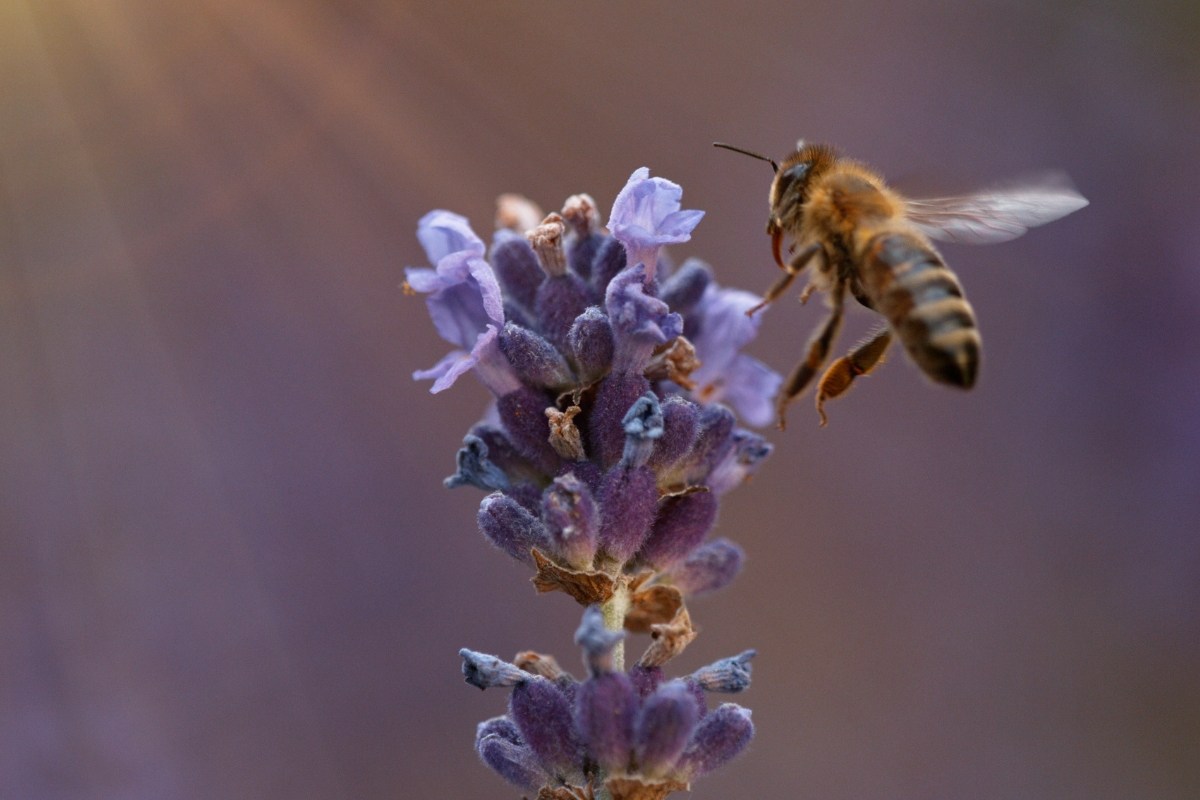
Lemon Balm (Melissa officinalis)
Lemon Balm is a fast-growing perennial herb that grows up to 2 feet tall, with aromatic, lemon-scented leaves and small white or pale yellow flowers that attract pollinators like bees. It thrives in well-drained, fertile soil and prefers full sun or partial shade. Lemon Balm is relatively easy to grow and can quickly spread, making it a great herb for ground cover or container gardening.
Medicinally, Lemon Balm is often used for its calming and antiviral properties. It helps relieve anxiety, insomnia, and digestive issues like bloating and indigestion. Lemon Balm also has antimicrobial effects, making it useful for treating colds, sore throats, and viral infections.
Lemon Balm’s fresh, fragrant leaves can be used to make teas, tinctures, or oils, or added to culinary dishes for a citrusy flavor. Its ability to attract bees and other pollinators makes it a valuable herb in any garden, offering both medicinal and ecological benefits.
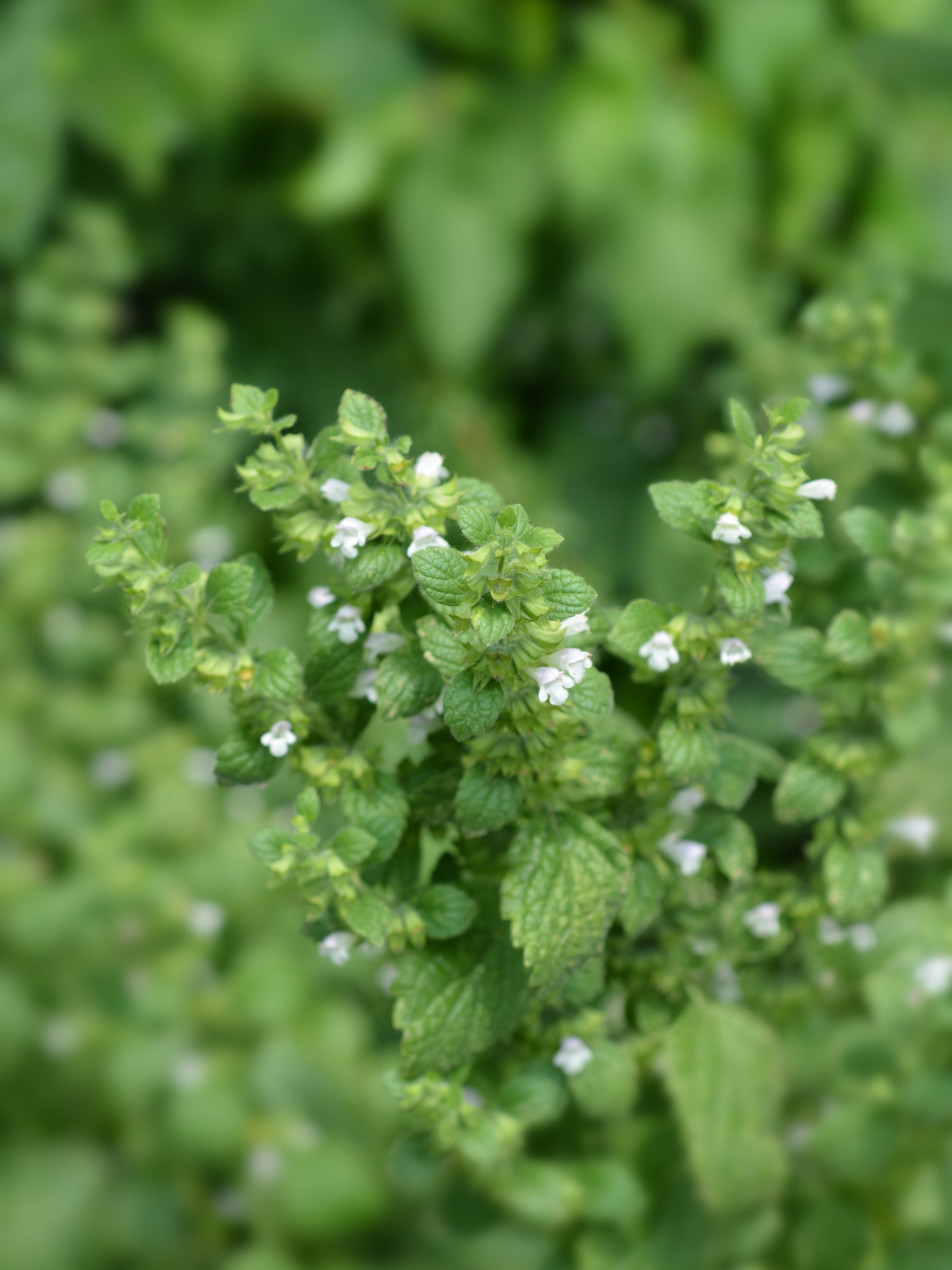
Motherwort (Leonurus cardiaca)
Motherwort is a hardy perennial herb that can grow up to 4 feet tall, with spiky pink or purple flowers that are attractive to bees and other pollinators. It thrives in well-drained, fertile soil and prefers full sun or partial shade. Once established, Motherwort is low-maintenance and can be propagated by seed or division.
Medicinally, Motherwort is most commonly used for its calming and heart-supporting properties. It is known to relieve anxiety, stress, and insomnia, and it also helps regulate menstrual cycles. Motherwort is often used in tinctures, teas, and capsules for its mild sedative effects.
In addition to its medicinal uses, Motherwort’s lovely flowers and upright growth habit make it an attractive addition to any garden. It not only benefits human health but also supports local pollinators, making it a great choice for a medicinal herb garden.
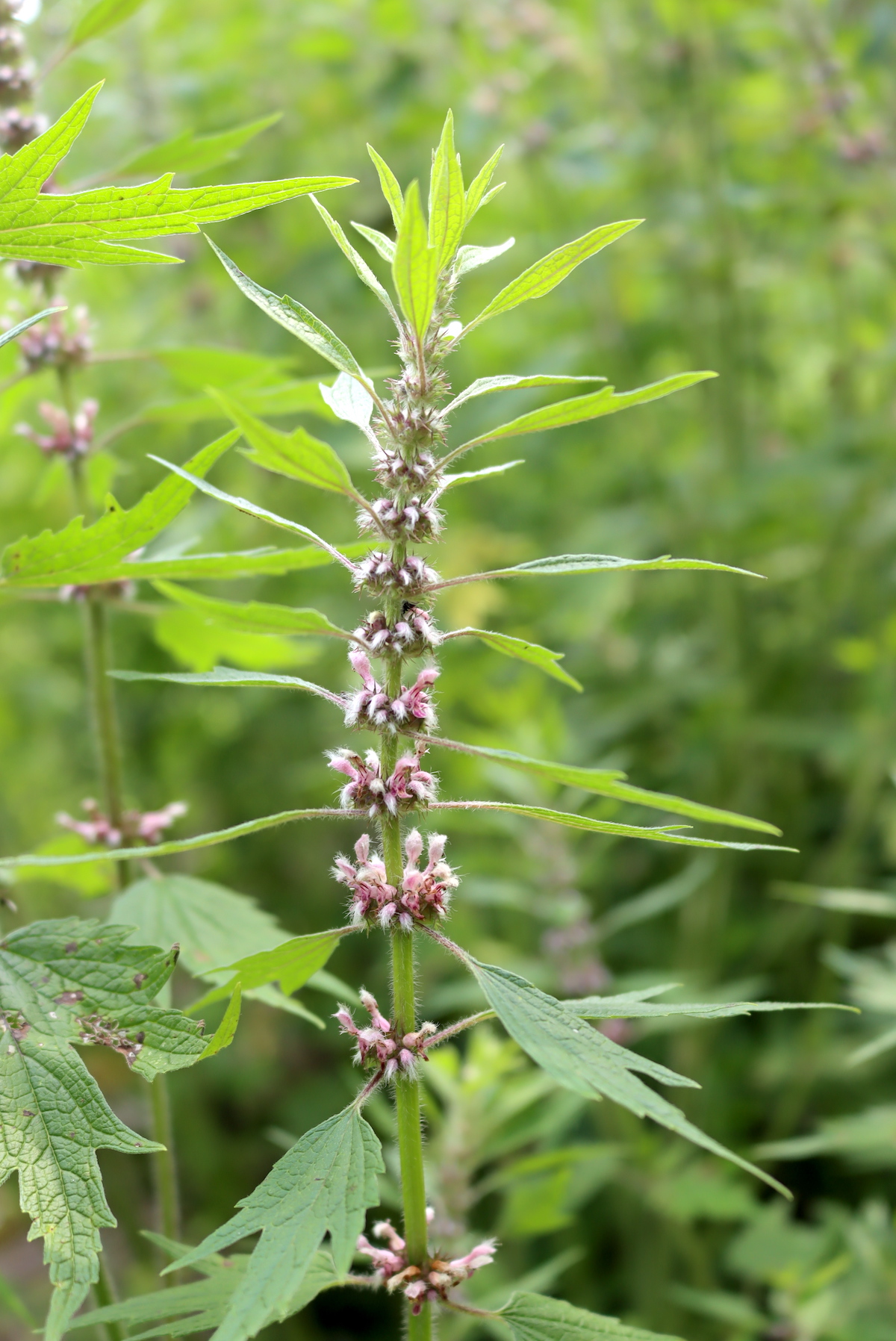
St. John’s Wort (Hypericum perforatum)
St. John’s Wort is a perennial herb that grows up to 3 feet tall, with bright yellow, star-shaped flowers that are a magnet for bees and butterflies. It thrives in well-drained, slightly sandy soil and full sun, though it can tolerate some light shade. St. John’s Wort is drought-tolerant once established and is easy to grow in most garden settings.
Medicinally, St. John’s Wort is best known for its mood-boosting and antidepressant properties. It has been traditionally used to treat mild to moderate depression, anxiety, and insomnia. The flowers contain hypericin, which is thought to be responsible for its therapeutic effects. St. John’s Wort is typically used in tinctures, capsules, or teas.
The plant’s vibrant yellow flowers and upright growth habit make it a beautiful addition to any garden. St. John’s Wort also attracts pollinators, making it a valuable herb for both medicinal and ecological purposes.
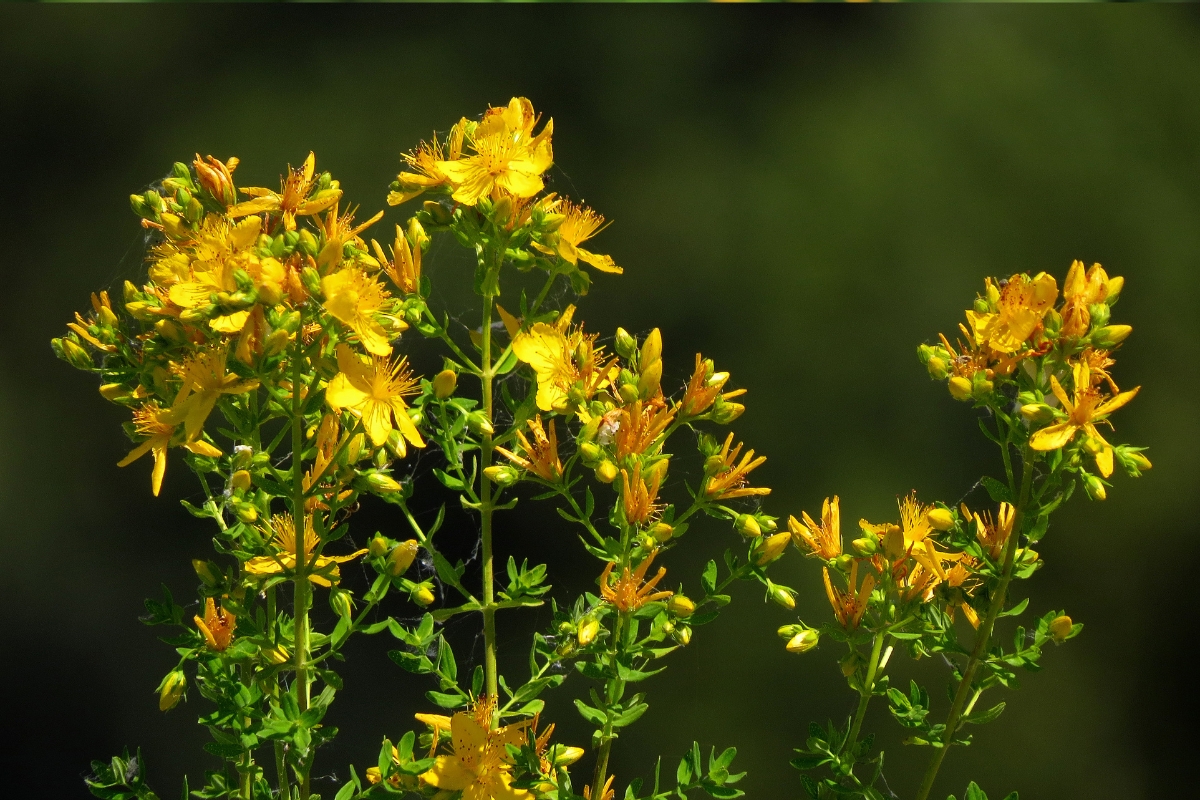
Yarrow (Achillea millefolium)
Yarrow is a hardy perennial herb that grows up to 3 feet tall, with clusters of small, flat-topped white, pink, or yellow flowers that are beloved by bees and butterflies. It thrives in well-drained soil and full sun, though it can tolerate some partial shade. Yarrow is drought-tolerant and low-maintenance once established, making it a great choice for wildflower gardens or natural landscapes.
Medicinally, Yarrow is known for its anti-inflammatory, astringent, and antimicrobial properties. It has been traditionally used to stop bleeding, treat wounds, and ease digestive issues like bloating and indigestion. Yarrow is also used to reduce fever and promote sweating during illness.
Yarrow’s flowers and leaves are commonly used in teas, tinctures, and poultices for their healing properties. Its vibrant flowers not only attract pollinators but also add beauty and resilience to the garden.
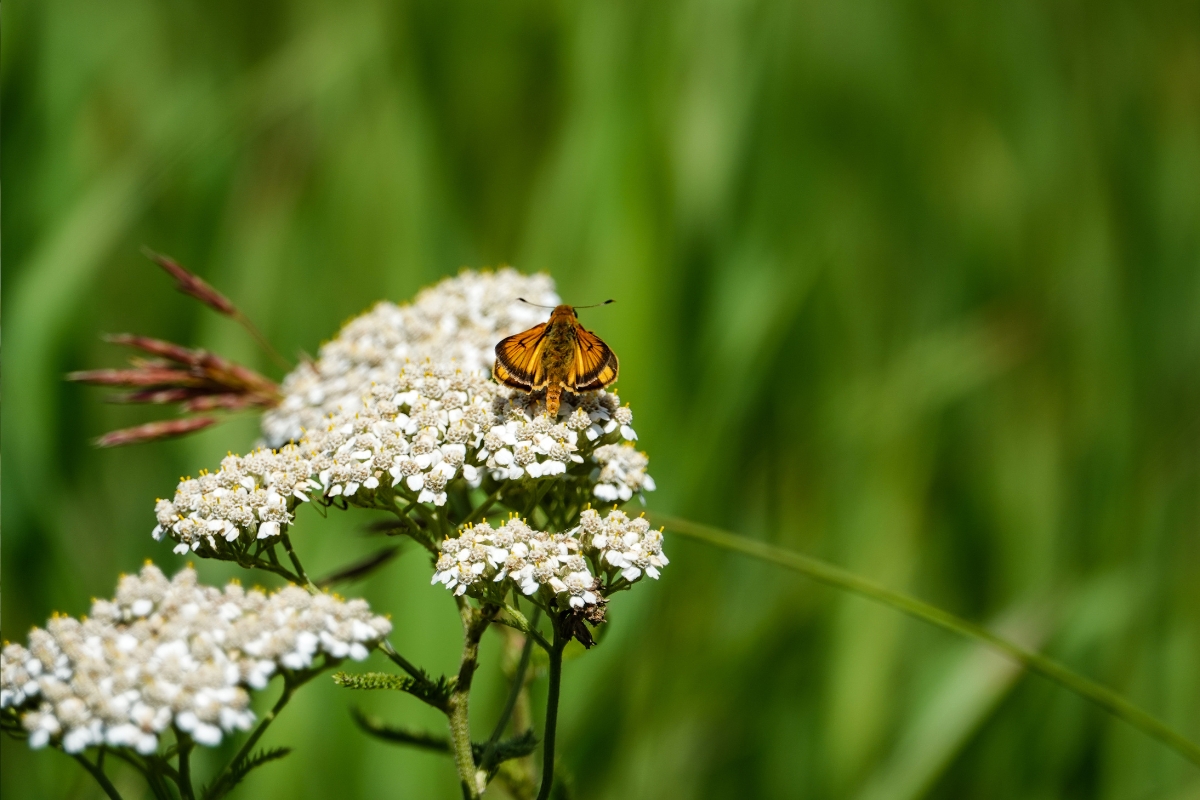
Are you noticing a trend here? Just about all the herbs listed support the immune system, are antimicrobial and are useful for respiratory issues. It makes me wonder if the bees are seeking them out for more than their nectar.
What do you think? Have you noticed the bees flocking towards the medicinals in your yard?
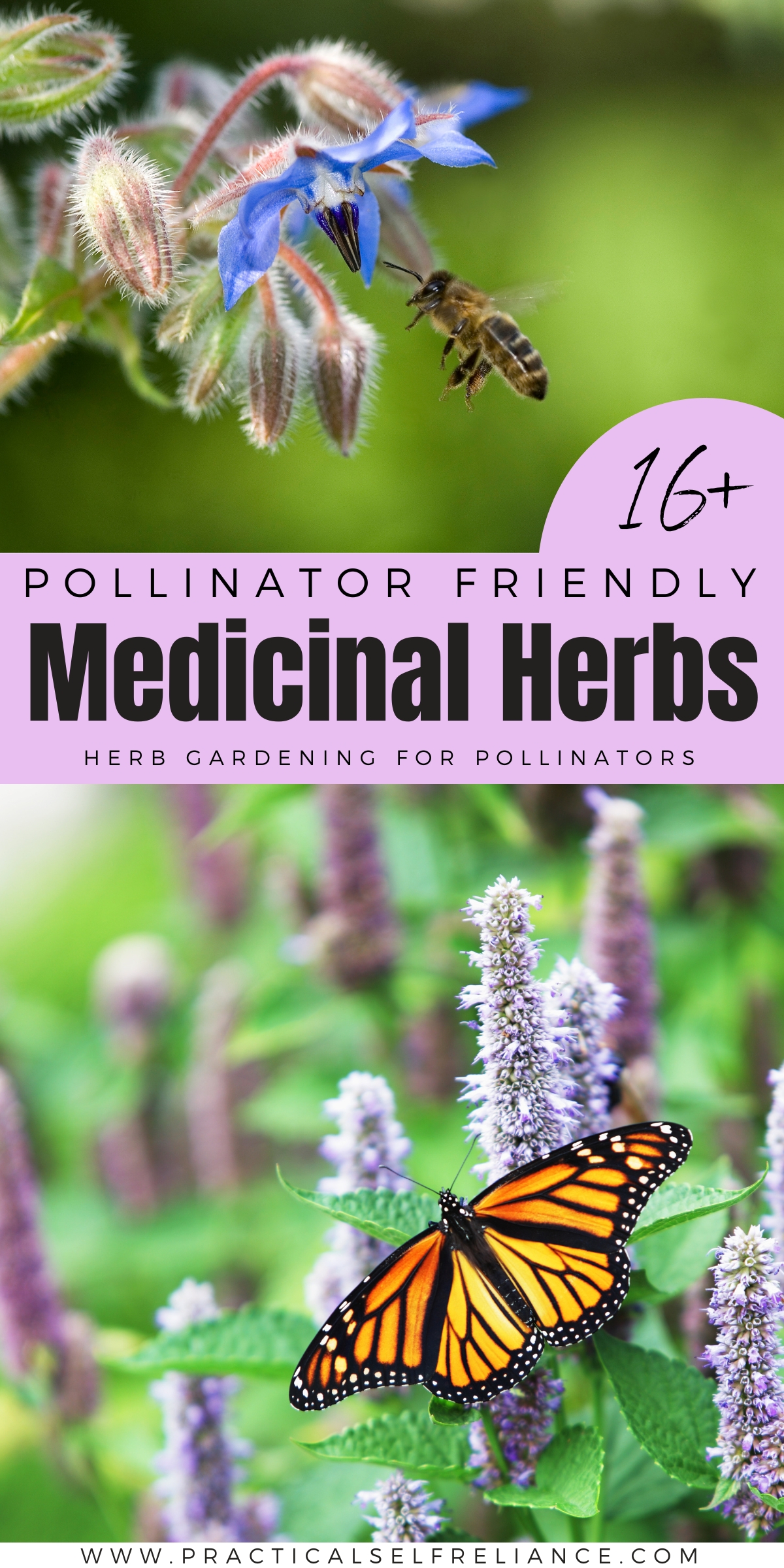


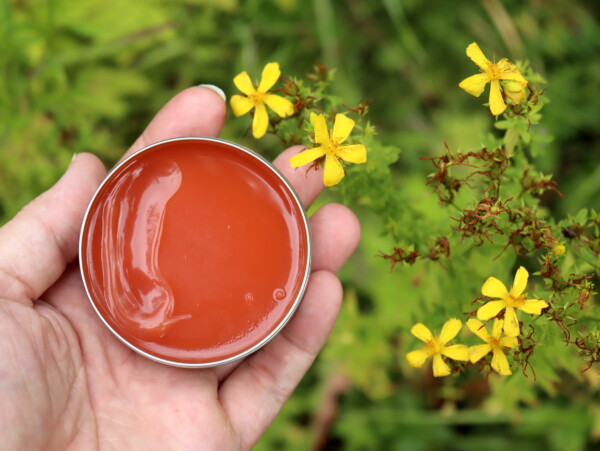
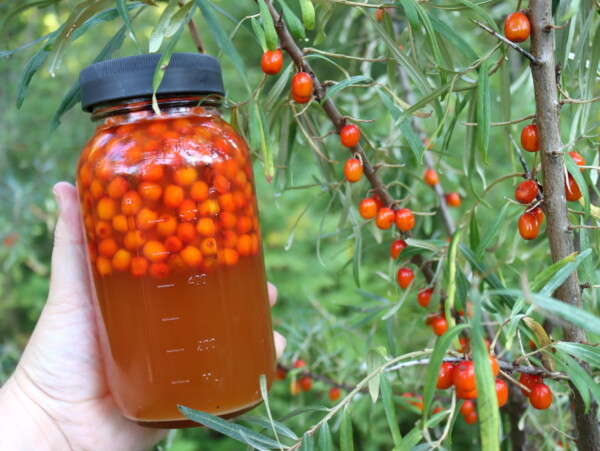
This is a fantastic article!!!! Thank you so much for sharing and my bees will benefit 😊
Thank you! I’m glad you found it helpful.
I will start beekeeping in the spring of 2020 and have been trying to absorb as much information as possible. I have taken two online courses and have read as much as I can from reliable experienced sources, so my knowledge is limited. I totally believe in natural healing, that the resource is there to heal humans and all life forms if we can see the light and know that real food is our medicine. It was funny, while I was studying all the ways to reduce mites and other treatments for other pests, the thought came to me, I think bees need herbs and medicinal plants to forage from and a few minutes later I was reading your article. I don’t know if it will actually help, but in the spring I will be planting a lot of medicinal plants. I don’t think it will hurt and as of right now I don’t think the beekeeping community has any better of an answer to our declining bee population. Thank you for your informative article.